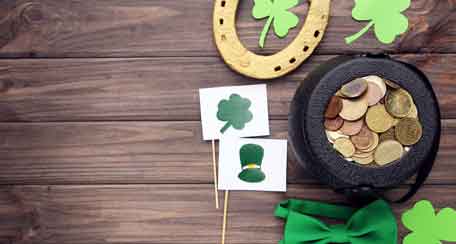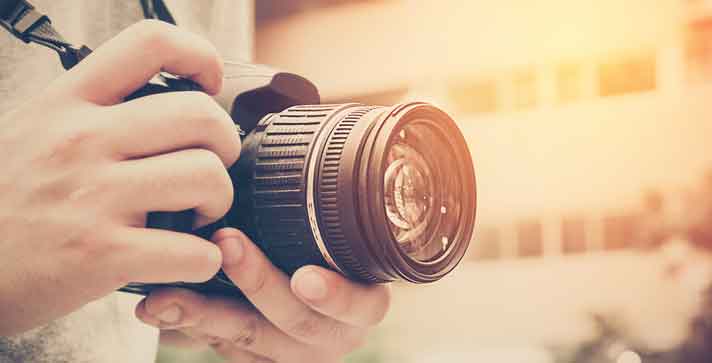Exploring the graphic potential in a subject is one of the most interesting kinds of experiment in still life photography, and involves both composition and lighting. Probably the most popular of all approaches is abstraction, and while it is not appropriate if the ultimate objective is a clear rendering of a subject, it is a good method of creating intriguing designs.

The principle of abstraction is to remove all the normal visual clues that display the physical properties of a subject: an abstract photography is the direct opposite of the literal documentary picture. As a result, most of the techniques that can be used to abstract images are the opposite of those normally practiced in photography. In particular, flouting the technical standards of photography favors the abstract. The contrast can be increased by concentrating the light to emphasize the bright parts of the subject and removing any reflections that would alleviate the shadows, and by using high contract materials and processes, such as duplicating, push processing and lith film; this tends to obscure detail at both ends of the scale and creates distinct tonal blocks.
The sharpness can be spoiled by de-focusing the image, by placing screens and special filters in front of the lens, or by emphasizing the grain structure of the film; the result of this is to make detail and texture less recognizable, focusing attention on broad color and tonal relationships and on large shapes. Color fidelity can be prevented by using filters, colored gels over lights, or by altering the processing of the film in a gross way; the effect is to reduce familiarity. In a more extreme way, the image can be actively distorted by using special lenses and a wide range of special effects techniques.
These are the more positive techniques of abstraction, but there are also less strident methods that can be used to introduce just a degree of the abstract into a still life. A careful camera angle and the framing can produce a composition that is slightly disorienting or unexpected, without being an obvious attempt at visual trickery. To a large extent this involves recognizing the most graphic elements in an object and concentrating on these – for example, aligning edges in the subject with the frame edges of the pictures.

An example of what is said is this: take a coin picture and posterize it and then alter the colors. Then take another picture of the same coin using a prism filter (you don’t have to buy this as if you know how to use Photoshop you will be able to do it digitally.) Finally, try superimposing the series of coin pictures digitally. Or you can try any other technique that you might be familiar with.




